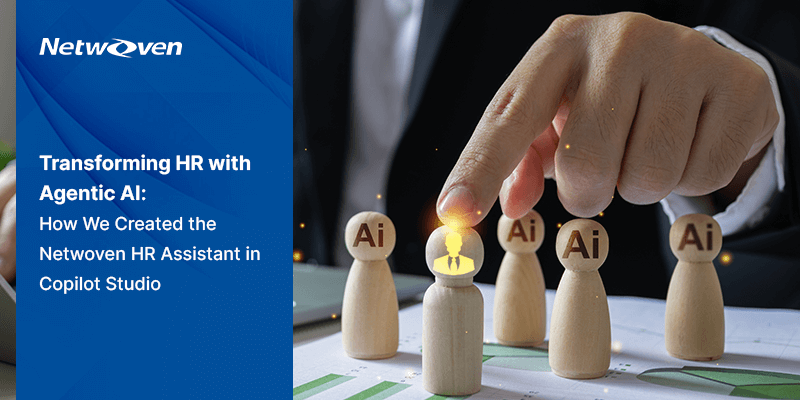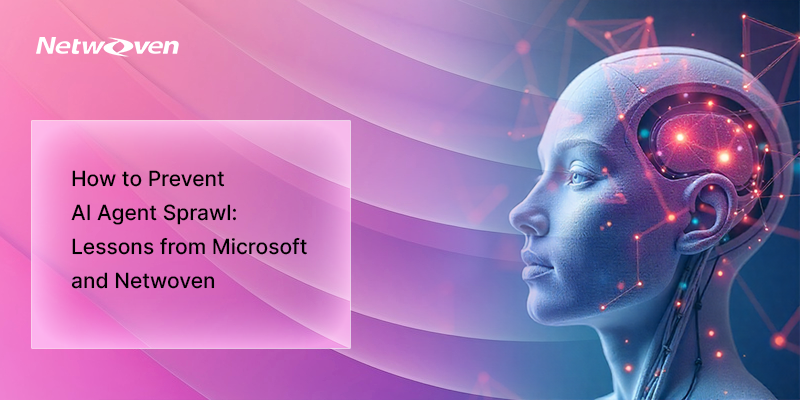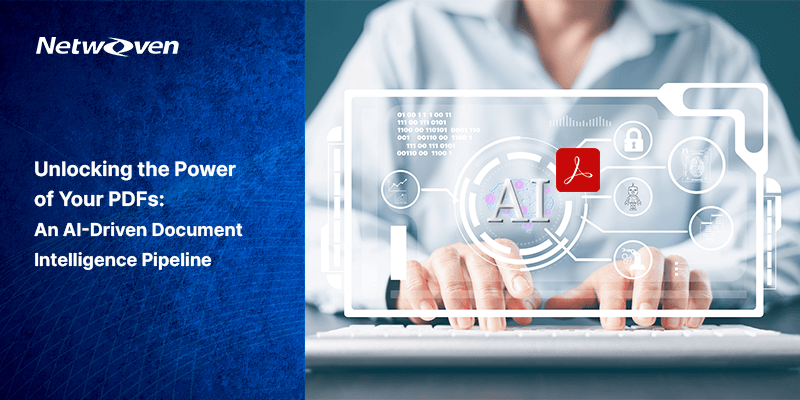Introduction
Artificial Intelligence (AI) is here, and it’s changing everything. It’s impacting how we get things done, connect with others, and work together. AI can boost our creativity, make us more productive, and help us develop new skills.
- But how can we integrate AI seamlessly into our workplace and in daily routines?
- How can we make sure it’s used ethically and responsibly, reflecting our priorities and values?
- And most importantly, how can we use the data and insights AI provides to make smarter choices and fuel innovation?
While AI holds immense potential to transform businesses, simply deploying AI tools isn’t enough. The true key to unlocking its full power lies in organizational readiness. This means laying the groundwork for successful AI implementation by ensuring your organization has the right infrastructure, talent, and culture in place.

1. Define the goal
Organizations need to move beyond a generic desire for “AI” and define their specific goals. Identifying areas where AI can add the most value, whether it’s automating tasks, gaining customer insights, or optimizing operations, ensures that AI solutions are aligned with business objectives and deliver tangible results.
- Identify Business Challenges
- Set Measurable Goals
- Assess your Resources
2. Second, Choosing the Right AI Strategy: Build, Buy or Blend?
Whichever path you take, when determining whether you should build or buy your Generative AI solution, you must consider your required business outcomes, the applicability of your organizational data, and your potential use cases.
3. Preparing Data for AI
Data is the lifeblood of AI in the workplace. Here’s a breakdown of its vital role, the risks associated with Generative AI, and how to prepare your data:
| What’s your data management strategy? | The Fuel for Workplace AI | Key to using the right data |
|---|---|---|
| Think of • Data Security • Data Governance • Data Lifecycle Management • Data Access control These principles are fundamental to ensuring the accuracy, security, and ethical use of the data. | Think of data as the raw ingredients for an AI recipe. The quality and type of ingredients determine the final dish. Bad data leads to unreliable AI models, just like poor ingredients can ruin a meal. | Generative AI is powerful, but needs the right ingredients: good data, a mix of skills, and resources. Ensure the data is clean, consistent, centrally stored, and regularly maintained. Security and data privacy regulations must also be followed. |
You may also like: How to secure your organization’s data and fence it off from public generative AI
4. Do Pilot Project
Before fully integrating AI into your operations, it’s essential to conduct a pilot project. This allows you to:
- Test the feasibility of your chosen AI solution. This involves assessing its potential impact on your specific business needs and identifying any potential challenges.
- The pilot project provides valuable insights into how the AI performs in a controlled environment with actual data.
- It’s crucial to gauge how users interact with the AI and gather feedback on its usability and effectiveness.
- While it’s best to start small, it’s also important to realize that AI is here to stay and will become a vital cog in operations. We are still at the beginning stages of the AI revolution, and organizational budgets must account for significant future investments
5. A Long-Term Investment with Substantial Potential
Artificial intelligence (AI) presents itself as a compelling long-term investment opportunity for several reasons:
- The AI market is experiencing significant growth, with projections suggesting its value could reach $1.8 trillion by 2030. This rapid expansion indicates a technology with immense potential for future returns.
- AI is not just a buzzword; it’s actively transforming industries across the board. From automating tasks to generating personalized experiences, AI has the potential to revolutionize how businesses operate and create significant economic value.
- Similar to the impact of computers and the internet, AI is poised to be another major productivity driver. Increased efficiency, automation, and data-driven decision-making can lead to substantial economic growth and societal benefits.
- The field of AI is constantly evolving, with new advancements and applications emerging regularly. Investing in AI provides access to this ongoing innovation and its potential to disrupt various sectors.
- Long-Term Investment Horizon: While short-term fluctuations might occur, AI’s true potential lies in its long-term impact. A patient investment approach allows reaping the benefits of this transformative technology as it matures and integrates further into various aspects of our lives.
Webinar: Faster, Smarter, Better: Copilot and Generative AI in the Workplace. Watch Now.
Good AI tools rely heavily on data quality and quantity. Just like with any recipe, the data used to train AI models needs to be accurate and complete. AI algorithms analyze this data to make connections, draw conclusions, and generate content. As AI models learn and update themselves with new data, it becomes crucial to have strong data management systems in place. This ensures that the data feeding the AI is reliable and consistent, ultimately making the entire organization more AI-ready across all levels.

Ebook: A Guide to Unlocking Productivity with Generative AI in the Workplace
This eBook, brought to you by Netwoven, a global leader in Microsoft consulting services, explores into the exciting potential of AI at your workplace within the familiar Microsoft 365 suite.
Get the eBookEvery organization has unique Generative AI needs. By taking a thoughtful, measured approach with a focus on organizational readiness, you can set yourself up for success in this exciting new frontier.























